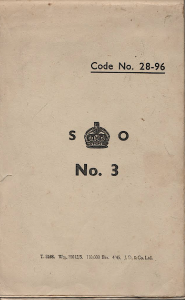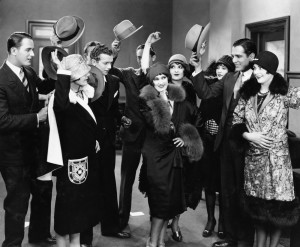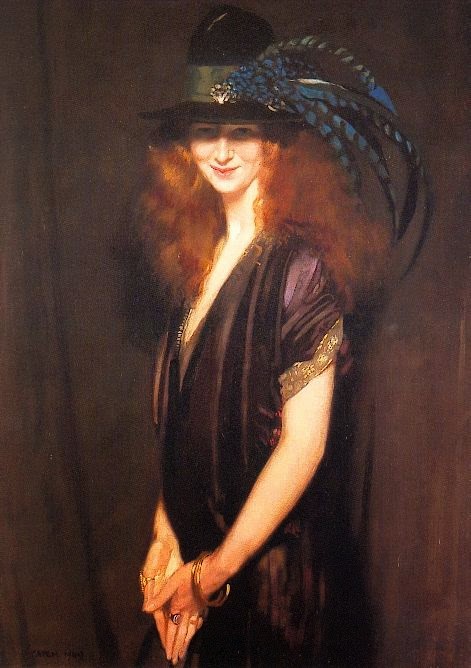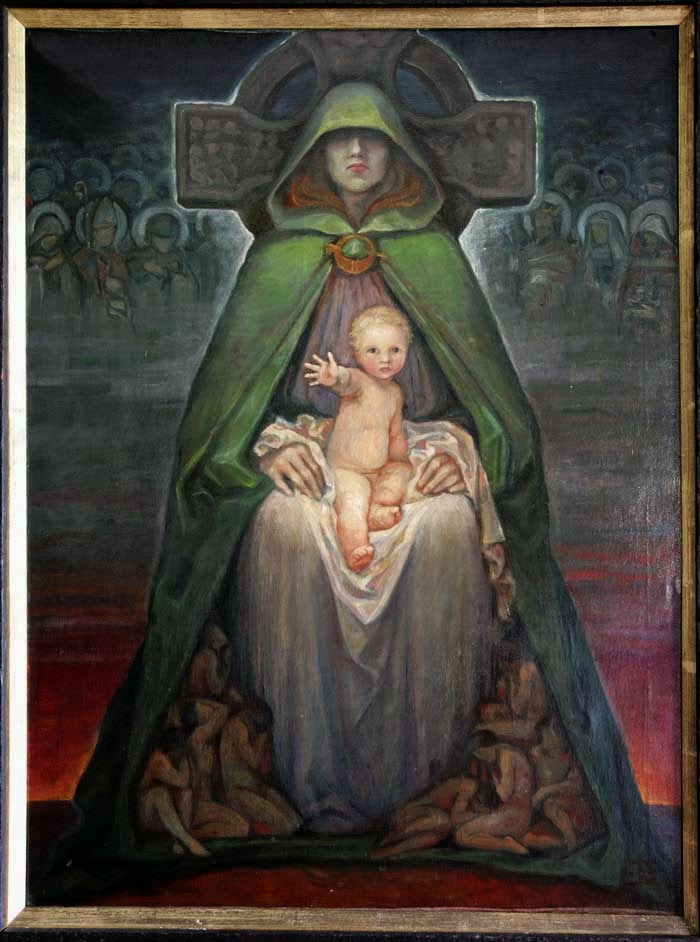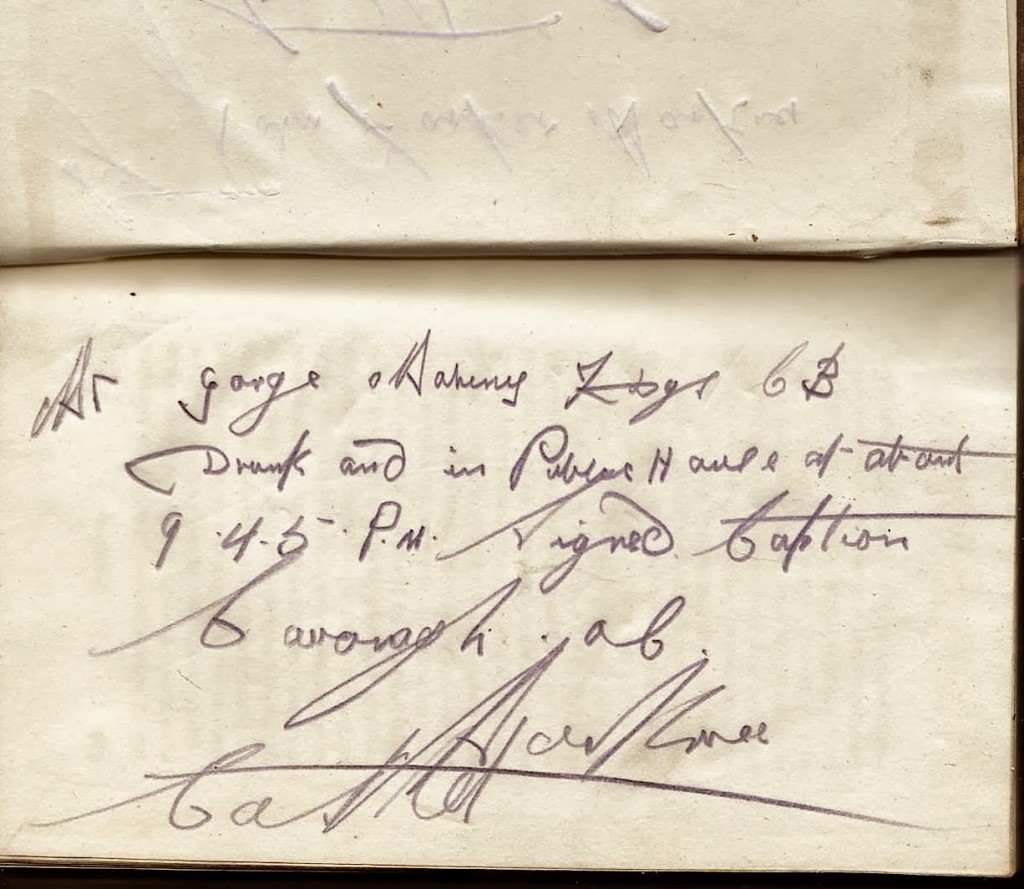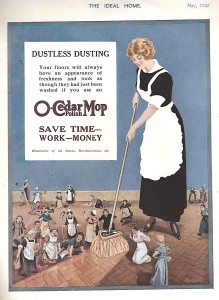 In the current issue of the TLS Nicholson Baker reviews what was being published a hundred years ago. In this Jot we look at what was happening in the world of home appliances and gracious living, according to the May 1920 issue of The Ideal Home.
In the current issue of the TLS Nicholson Baker reviews what was being published a hundred years ago. In this Jot we look at what was happening in the world of home appliances and gracious living, according to the May 1920 issue of The Ideal Home.
As always, it’s the adverts that entertain the most. The first that greets the reader is a full page colour ad for the O-Cedar Polish Mop which shows twenty or more tiny maidservants admiring the wonderful effects produced by a giant charlady manoeuvring this mop around a giant room. It makes one wonder how many middle-class supporters of the Women’s Suffrage movement employed female cleaners in their large, comfortable houses. Quite a few, one would have thought.
In contrast, on the following page we have an advert meant, we presume, for male readers, who are urged to save on average £30 by buying a machine designed to make concrete roofing tiles ‘ on the site’.
Mains electricity for lighting and power was patchy in this immediate post-war period and relied on local council-run generating stations. An Act of 1919 gave the go-ahead for a more nationwide supply system, but this wasn’t established until the National Grid came into being in 1935( remember that poem ‘ Pylons’ by Spender ?). For those who afford it in 1920, a petrol driven domestic generator was one source of electricity. Home owners would hide away their generator, in this case a ‘ Delco-Light ‘ available from F. S. Bennett of Oxford Street, in a shed or outhouse to minimize the noise and fumes produced by it. Continue reading

